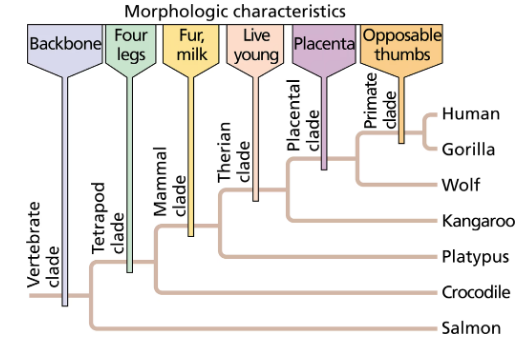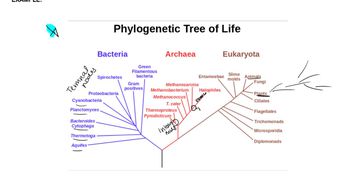If you were to compare your genome sequence with that of your parents, how would it differ? If you were to compare your genome sequence with another student's in the class, how would it differ? What additional difference might you see if your genome was compared with that of a sub-Saharan African, or if you are of sub-Saharan African descent, with that of a non-African?
Table of contents
- 1. Introduction to Genetics51m
- 2. Mendel's Laws of Inheritance3h 37m
- 3. Extensions to Mendelian Inheritance2h 41m
- 4. Genetic Mapping and Linkage2h 28m
- 5. Genetics of Bacteria and Viruses1h 21m
- 6. Chromosomal Variation1h 48m
- 7. DNA and Chromosome Structure56m
- 8. DNA Replication1h 10m
- 9. Mitosis and Meiosis1h 34m
- 10. Transcription1h 0m
- 11. Translation58m
- 12. Gene Regulation in Prokaryotes1h 19m
- 13. Gene Regulation in Eukaryotes44m
- 14. Genetic Control of Development44m
- 15. Genomes and Genomics1h 50m
- 16. Transposable Elements47m
- 17. Mutation, Repair, and Recombination1h 6m
- 18. Molecular Genetic Tools19m
- 19. Cancer Genetics29m
- 20. Quantitative Genetics1h 26m
- 21. Population Genetics50m
- 22. Evolutionary Genetics29m
22. Evolutionary Genetics
Phylogenetic Trees
Problem 22a
Textbook Question
Examine the following figure and answer the following questions.

How many clades are shown in the figure?
 Verified step by step guidance
Verified step by step guidance1
Understand the concept of a clade: A clade is a group of organisms that includes a single common ancestor and all its descendants. Clades are often represented in phylogenetic trees.
Examine Figure 1.17 carefully. Look for branching points (nodes) in the phylogenetic tree, as each node represents a common ancestor and its descendants, forming a clade.
Count the number of distinct clades in the figure. Start from the root of the tree and include all nested clades (smaller clades within larger ones).
Ensure that you include both the entire tree as one clade and any smaller groups that meet the definition of a clade.
Verify your count by cross-checking each branch and ensuring no clades are missed. Remember, a clade must include all descendants of a common ancestor.
 Verified video answer for a similar problem:
Verified video answer for a similar problem:This video solution was recommended by our tutors as helpful for the problem above
Video duration:
3mPlay a video:
Was this helpful?
Key Concepts
Here are the essential concepts you must grasp in order to answer the question correctly.
Clade
A clade is a group of organisms that includes a common ancestor and all its descendants. In phylogenetics, clades are represented in tree diagrams, where each branch point indicates a divergence from a common ancestor. Understanding clades is essential for interpreting evolutionary relationships and biodiversity.
Recommended video:
Guided course

Phylogenetic Trees
Phylogenetic Tree
A phylogenetic tree is a diagram that represents the evolutionary relationships among various biological species based on their genetic characteristics. Each branch of the tree signifies a lineage, and the points where branches split indicate common ancestors. Analyzing these trees helps in understanding the evolutionary history and classification of organisms.
Recommended video:
Guided course

Phylogenetic Trees
Node
In a phylogenetic tree, a node represents a point of divergence where a lineage splits into two or more descendant lineages. Each node corresponds to a common ancestor of the descendant clades. Counting the number of nodes can help determine the number of clades present in the tree, as each clade originates from a node.
Recommended video:
Guided course

Phylogenetic Trees
Related Videos
Related Practice
Textbook Question
418
views


